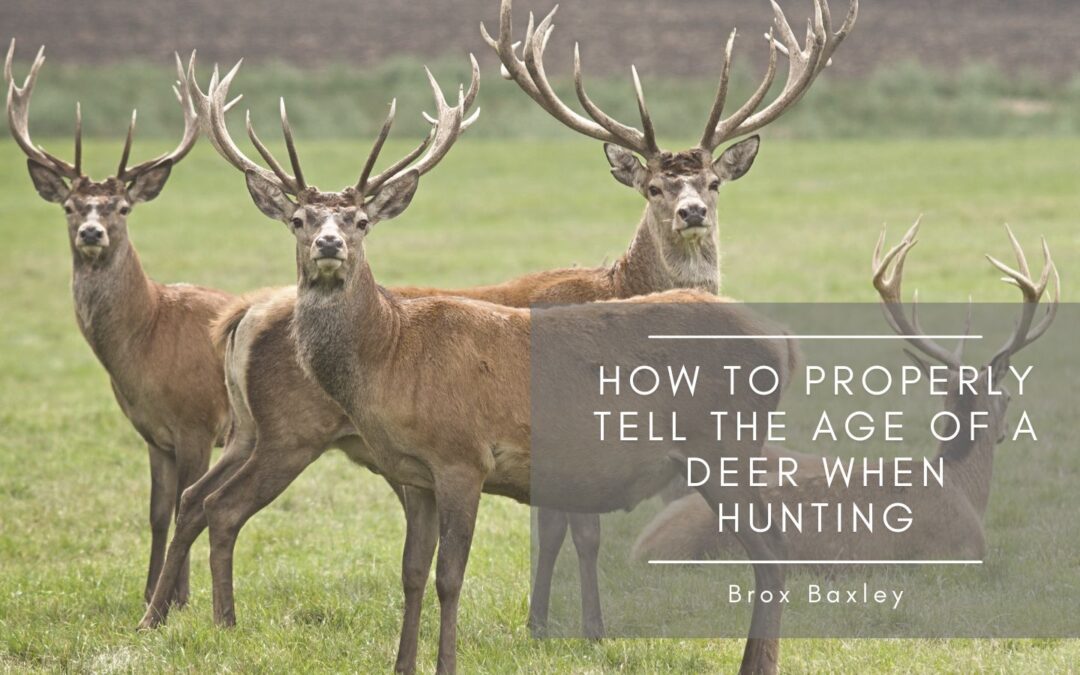When it comes to hunting, understanding the age of a deer is crucial for responsible game management and making informed decisions in the field. By accurately assessing the age of a deer, hunters can contribute to conservation efforts, maintain healthy populations, and enhance the overall hunting experience.
Tooth Wear and Replacement
One of the most reliable ways to assess the age of a deer is by examining its teeth. Wildlife biologists and experienced hunters commonly use the method of tooth wear and replacement. By observing the deer’s dental development, you can estimate its age within a specific range.
In general, deer have a set of baby teeth, known as milk or deciduous teeth, which they lose and replace with permanent teeth as they grow. The wear and tear on these teeth can provide valuable insights into the deer’s age. As deer age, their teeth show signs of wear, such as rounded cusps and visible dental attrition. By examining the wear patterns and the degree of tooth replacement, hunters can estimate the deer’s age.
Body Size and Proportions
Another factor to consider when assessing the age of a deer is its body size and proportions. As deer mature, their bodies undergo physical changes that can be observed in the field. Younger deer tend to have smaller bodies with a lankier appearance, while older deer exhibit a more robust and well-developed physique.
Pay attention to the deer’s overall size, leg length, and body mass. Older deer tend to have longer legs, a larger chest circumference, and heavier overall weight. Additionally, their heads may appear blockier and more proportionate to their bodies. You can estimate the deer’s age by comparing these physical characteristics to known age classes.
Antler Development
For male deer, antler development is an accurate indicator of age. Antlers undergo a yearly growth cycle, increasing their size and complexity as the deer matures. By examining the antlers, hunters can gain valuable insights into the age of the deer.
Younger deer typically have smaller, simpler antlers with fewer tines, while older deer exhibit more giant, more complex antlers with multiple tines. Pay attention to the number of points, the length of the main beams, and the overall mass of the antlers. These factors can provide a general indication of the deer’s age.
Body Characteristics
In addition to tooth wear, body size, and antler development, observing specific body characteristics can help estimate a deer’s age. Look for features like gray hairs around the face, sagging stomachs, prominent muscling on the hindquarters, and a pronounced sway in the back. These are all signs of an aging deer.
It is important to note that while these characteristics can be helpful, they are not foolproof indicators of age. Factors such as genetics, nutrition, and environmental conditions can influence the physical appearance of deer. Multiple indicators combined will make the estimate more accurate.
Determining the age of a deer when hunting is an essential skill that allows for responsible game management and sustainable hunting practices. By examining tooth wear and replacement, body size and proportions, antler development, and other body characteristics, hunters can make informed judgments about the age of the deer they encounter.

